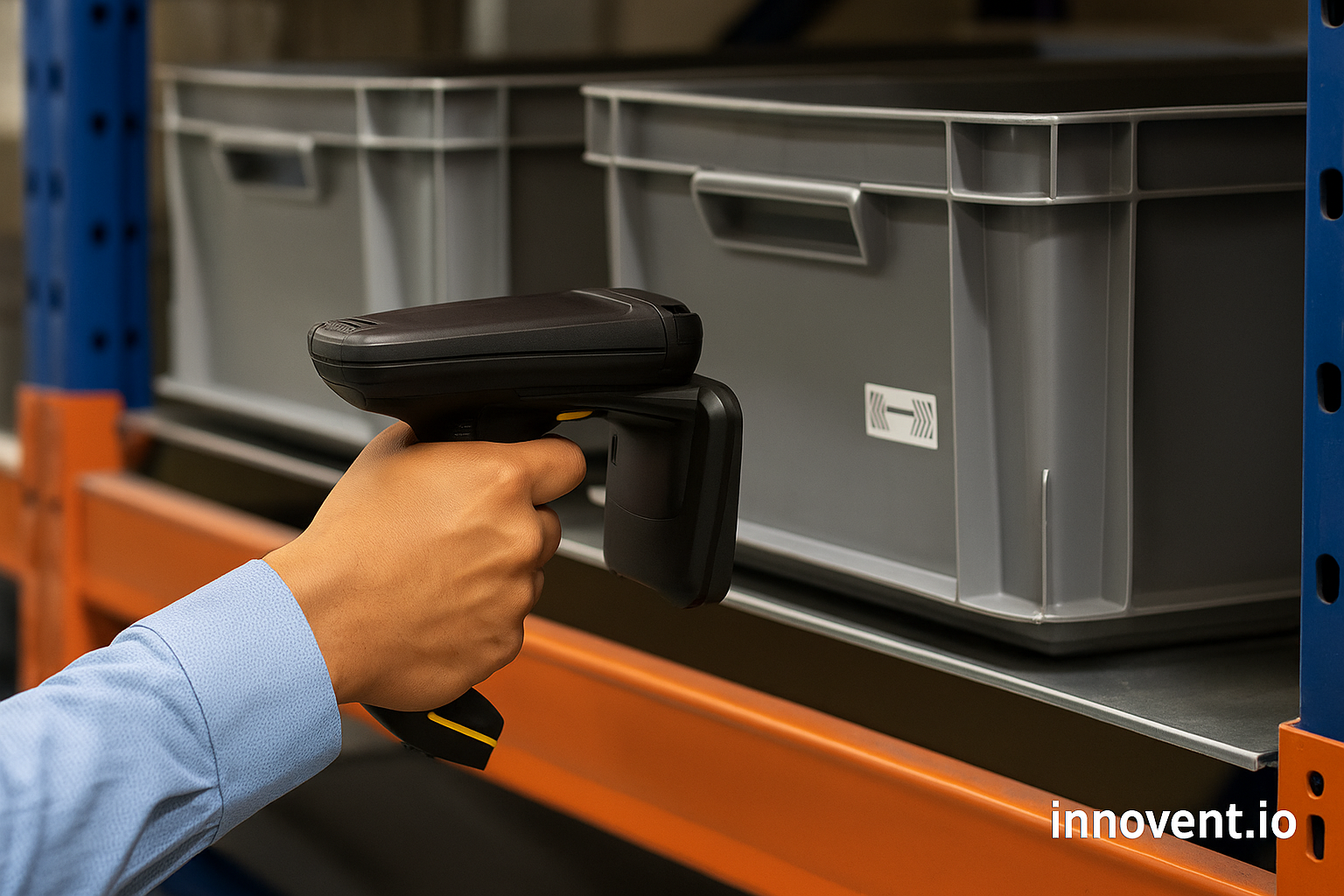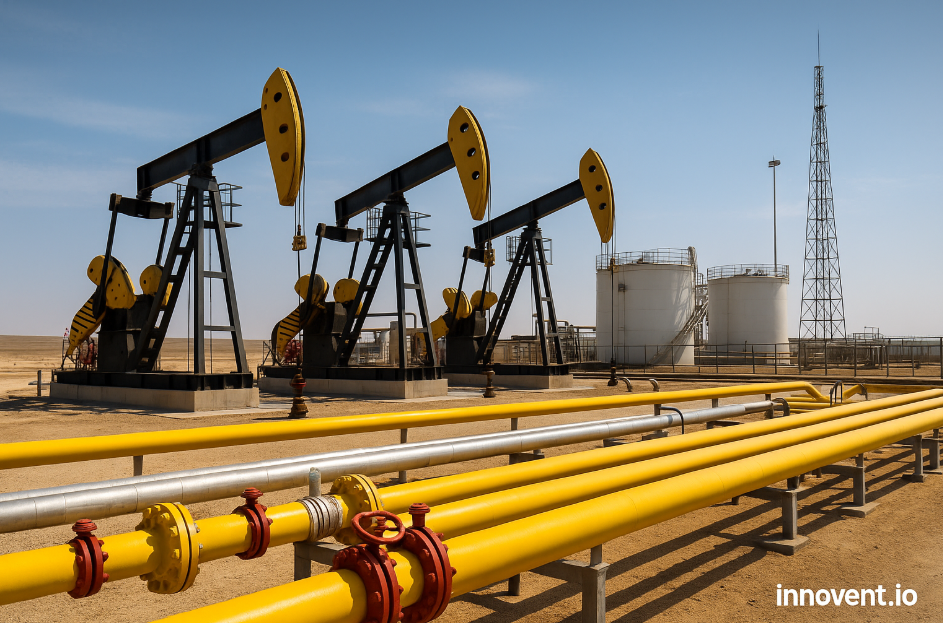RFID Asset Tracking for UAE Oil and Gas Companies: What Works in Harsh Environments
If you’ve ever been on an oil field in Ruwais, Habshan, or Zakum, you already know the conditions aren’t forgiving. Heat, sand, salt air, heavy machinery, long hours, and a constant stream of equipment moving in and out. In a place like this, you don’t want to be relying on handwritten logs or half-updated spreadsheets to track your gear.
But that’s exactly what a lot of companies are still doing. And they’re paying for it with downtime, lost tools, and replacement costs that could’ve been avoided.
This is where RFID is starting to make a real difference for oil and gas operations in the UAE. It’s not overengineered. It’s not hard to deploy. And when used right, it saves serious time and money.
Why tracking is so hard in this sector
Oil and gas sites are rarely in controlled environments. Between the desert heat and offshore humidity, equipment takes a beating. Items get moved between rigs, depots, service yards, and maintenance shops. Half the time, no one knows where something actually is until someone asks for it. That’s when the digging begins.
Globally, oil and gas companies lose more than 5 billion dollars every year due to lost or misplaced equipment. That includes tools, parts, meters, and mobile units. And in this region, the stakes are even higher because the assets involved are usually expensive, critical, and not easily replaced on short notice.
How RFID helps, practically speaking
RFID tracking means you tag an asset and the system logs where it goes. There’s no need to scan it manually. The tag sends a signal when it passes a reader. In the field, this means your team doesn’t have to stop what they’re doing to write things down. Items just get tracked as they move.
There are two main types of tags. Passive RFID tags are small, cheap, and don’t need batteries. They’re good for hand tools, pipe fittings, and other small assets. Active RFID tags are better for mobile machinery or items that move between sites. These have their own power source and can transmit location over longer distances.
Some tags used in UAE energy sites can handle temperatures over 150°C, resist UV exposure, and hold up even in areas with chemical spray or constant vibration.
Where to start without overdoing it
Don’t try to tag everything at once. Start with one category of asset. For most companies, that’s tools or PPE that frequently go missing, or equipment that holds up maintenance work when it’s not where it should be.
Pick one location or rig, tag a few hundred high-value items, and install a handful of readers at key points. This might include yard gates, warehouse exits, or offshore platform walkways. From there, use handheld RFID scanners for field audits or inspections.
One operator in Abu Dhabi reduced prep time for weekly equipment checks by 60 percent after tagging their test kits and valve tools. They didn’t tag thousands of things. Just the stuff that kept disappearing.
Make sure the system fits the environment
RFID tags don’t work the same way in every place. If you’re tagging gear that lives in the desert, make sure the tag is sand- and heat-resistant. If it’s going offshore, make sure it’s rated for salt air and water exposure.
Placement matters too. Tags should be easy to scan but not in spots where they’ll get crushed or covered in grease. And don’t stick readers in every room. Place them where equipment actually moves; entry points, tool storage, or equipment handoff areas.
Train the team, keep it simple
The tech works best when the people using it understand how it fits into their day. That doesn’t mean every technician needs a tutorial. But they should know what the tags are for, how to check if something is logged, and what to do if something isn’t showing up.
You’re not asking for new steps in the process. You’re removing ones that don’t work-like writing in notebooks that nobody reads later.
What kind of ROI is realistic
RFID doesn’t take years to pay off. Most companies start seeing results in two to three months. It comes in the form of fewer replacement orders, faster audits, and fewer delays on work that depends on specific equipment being ready to go.
A UAE contractor working across upstream and midstream operations reported a 35 percent drop in tool loss after tagging only a few hundred items across two locations. Another company tracking offshore rig PPE saw error rates in handoffs cut in half in the first month.
McKinsey research suggests companies that adopt digital asset tracking like RFID improve maintenance timing by more than 30 percent. And they reduce asset downtime by up to 20 percent.
That kind of impact isn’t a nice-to-have. It directly affects safety, budget, and deadlines.
RFID asset tracking works well in oil and gas because it removes manual steps in environments where manual steps often fail. If you’re operating in the UAE’s heat, sand, and speed, and you’ve had enough of missing gear, delayed inspections, and duplicated tools, this is worth putting in place.
Start small. Tag the equipment that goes missing most. Set up a few readers. Train the people who actually handle the tools. Then measure what changes in the next 30 to 60 days.
You’ll spend less time guessing and more time running the operation the way it’s supposed to work.









